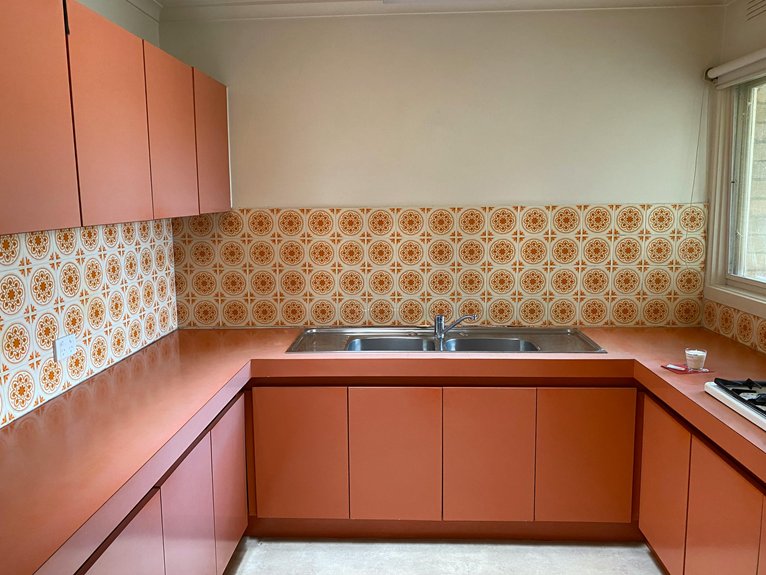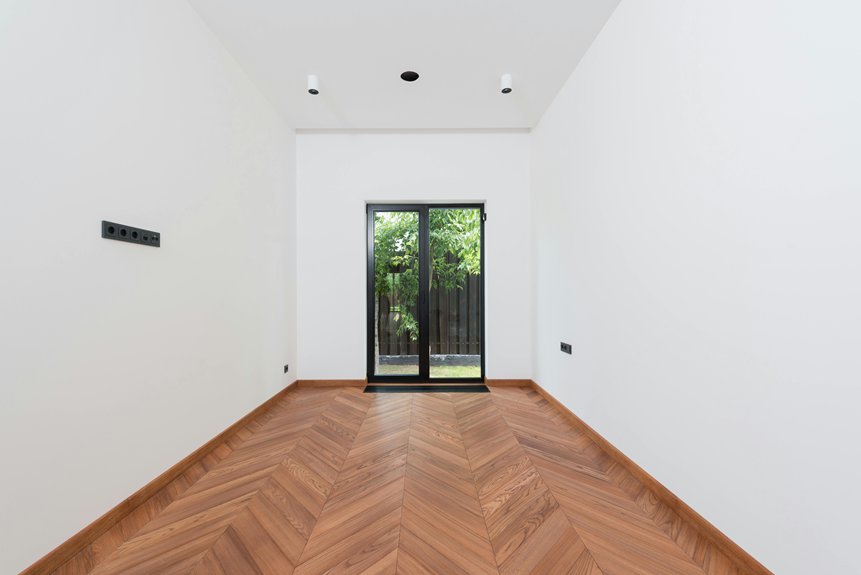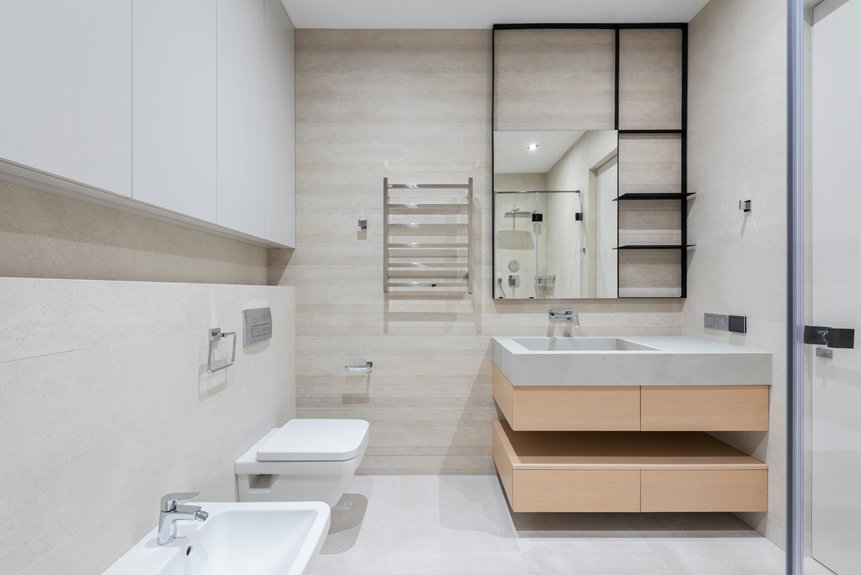Renovating your home can feel overwhelming, but it doesn’t have to be. By breaking the process down into manageable steps, you can stay organized and focused. Start by defining your renovation goals and budget, then explore design ideas that inspire you. Each phase of your project will require careful planning, and understanding local regulations is essential. Ready to tackle this journey? Let’s explore how to set yourself up for success.
Key Takeaways
- Establish clear renovation goals by evaluating home needs and prioritizing functionality, aesthetics, and property value.
- Set a realistic budget by assessing finances, estimating costs, and including a contingency fund for unexpected expenses.
- Research design ideas by exploring current trends, color palettes, and styles to create a cohesive look for your renovation.
- Plan your renovation timeline by breaking tasks into phases, considering material lead times, and allowing flexibility for unforeseen delays.
- Navigate permits and regulations by understanding local building codes, submitting necessary applications, and ensuring compliance throughout the renovation process.
Establishing Your Renovation Goals

Setting clear renovation goals is essential to the success of your project. Start by evaluating needs in your home—what areas require improvement?
Once you’ve identified these, focus on defining priorities. Are you looking to boost functionality, enhance aesthetics, or increase property value? Write down your ideas and rank them based on urgency and importance.
This process not only clarifies your vision but also helps streamline decision-making as you move forward. Remember, having a specific set of goals keeps you motivated and on track throughout the renovation journey.
Setting a Realistic Budget
As you immerse yourself in your renovation project, creating a realistic budget is essential to avoid financial stress down the line.
Start by evaluating your finances and determining how much you can comfortably spend. Use budgeting tips like estimating costs for materials, labor, and unexpected expenses.
It’s wise to set aside a contingency fund of about 10-20%. Consider cost-saving strategies, such as sourcing materials from local suppliers or tackling some DIY tasks.
Prioritize your must-haves versus nice-to-haves to keep your budget on track. By planning wisely, you’ll set yourself up for a successful renovation experience without financial strain.
Researching Design Ideas
With your budget in place, it’s time to explore design ideas that reflect your style and meet your needs.
Start by diving into current interior trends; they can inspire your choices while keeping your home modern. Browse magazines, websites, and social media platforms for fresh concepts and visuals.
Explore contemporary interior trends through magazines and social media to inspire modern design choices for your home.
Pay attention to popular color palettes that resonate with you—neutral tones, bold hues, or earthy shades can set the mood for each room.
Don’t hesitate to mix and match styles, but guarantee a cohesive look throughout your space.
Jot down ideas you love; they’ll guide you as you move forward in your renovation journey.
Planning Your Renovation Timeline
While planning your renovation timeline, it’s essential to contemplate the scope of your project and how it aligns with your lifestyle.
Start by breaking down tasks into manageable phases and setting realistic deadlines. Keep in mind that choosing materials can influence your timeline; some options may require longer lead times.
Build in timeline flexibility to account for unexpected delays or changes in design. Regularly review your progress and adjust your plan as needed.
Navigating Permits and Regulations
How do you guarantee your renovation project stays on the right side of the law? Start by researching local building codes, as these regulations dictate what you can and can’t do.
Next, you’ll likely need to submit a permit application for your renovation. This application typically requires detailed plans and possibly inspections.
Submitting a permit application is essential; it usually requires detailed plans and may involve inspections.
Don’t skip this step; failing to obtain the necessary permits can lead to costly fines or even having to undo your work.
Always check with your local municipality for specific requirements, ensuring your project is compliant from the start. This way, you’ll avoid headaches down the road.
Finding and Hiring Contractors
Once you’ve secured the necessary permits and confirmed your renovation plans comply with local regulations, the next step is finding the right contractors to bring your vision to life.
Focus on contractor qualifications and establish effective communication strategies from the get-go. Here’s how to start:
- Research: Look for contractors with strong reputations and relevant experience.
- Interview: Ask about their qualifications, past projects, and how they handle challenges.
- Evaluate: Compare bids and confirm their communication style aligns with yours.
Managing the Renovation Process

As you commence on the renovation journey, managing the process effectively is essential to ensuring your project stays on track and within budget.
Implement strong communication strategies with your contractors and team; regular check-ins foster transparency. Schedule weekly meetings to discuss progress and address any concerns. Don’t hesitate to request project updates; staying informed helps you make timely decisions.
Keep a shared digital folder for documents, plans, and photos to streamline collaboration. Ultimately, maintain flexibility, as unexpected issues may arise.
Final Walkthrough and Evaluation
What should you look for during the final walkthrough of your renovation project? This is your opportunity to guarantee everything meets your expectations.
Use a final checklist to guide you through the evaluation process. Pay attention to:
Utilize a final checklist to navigate your evaluation, ensuring nothing is overlooked during your walkthrough.
- Quality of workmanship: Check for any imperfections or unfinished areas.
- Functionality: Test fixtures, appliances, and any new installations to confirm they work properly.
- Cleanliness: Verify the space is cleaned up and debris is removed.
Gather project feedback from your contractor, discussing any concerns. This step is vital for a successful shift into your newly renovated home.
Conclusion
By following this step-by-step guide, you’ll set yourself up for a successful home renovation. Remember, establishing clear goals, budgeting wisely, and planning meticulously will help you navigate the process smoothly. Stay organized, communicate effectively with your contractors, and don’t forget to check all necessary permits. Once you complete the project, take a moment to evaluate your work and enjoy the transformed space. With careful planning, your dream home is just a renovation away!




